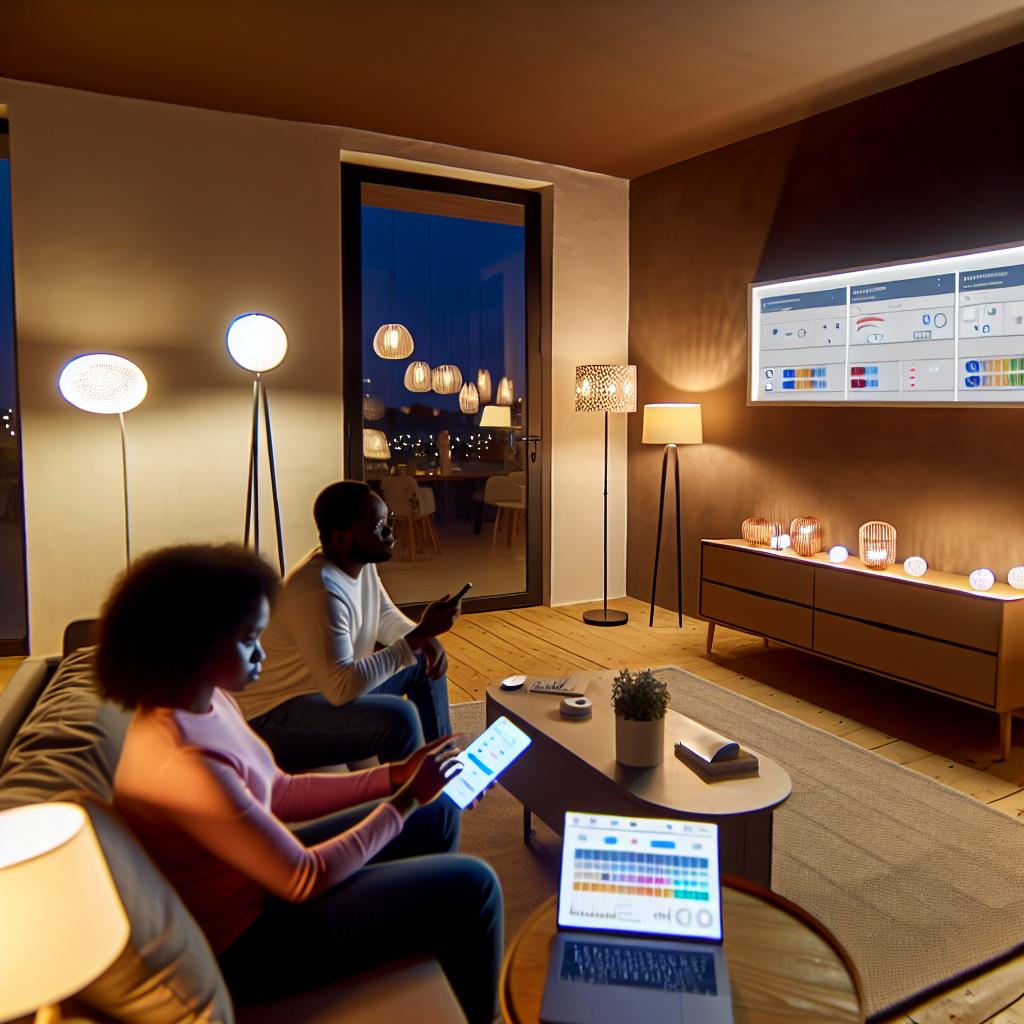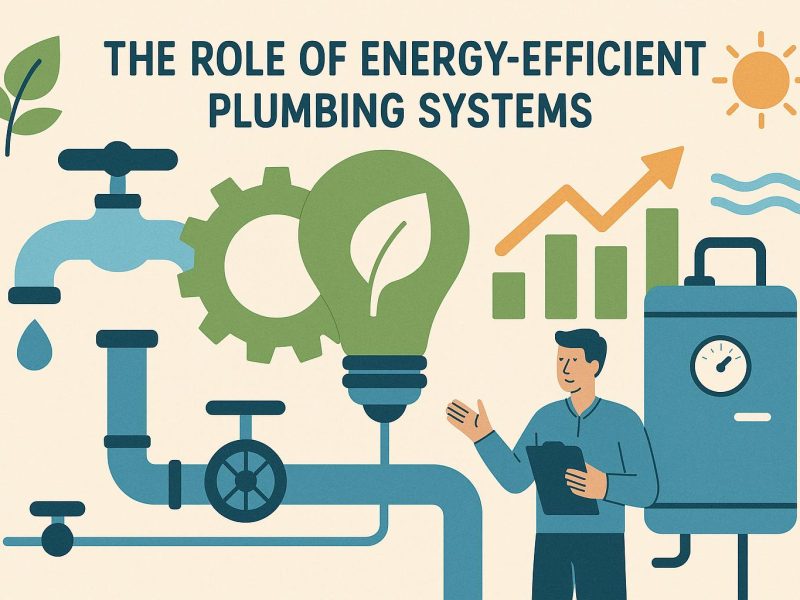The Advantages of Programmable Lighting Systems
Programmable lighting systems have increasingly become a pivotal part of modern architecture and interior design. They are seamlessly integrated into homes, commercial spaces, and industrial environments alike. These systems offer a plethora of benefits that extend beyond simple illumination, encompassing energy efficiency, convenience, and enhanced ambiance.
Energy Efficiency
One of the primary advantages of using programmable lighting systems is energy efficiency. These systems provide users with precise control over when and how the lights are used. By setting schedules and adjusting brightness levels automatically based on occupancy, significant reductions in energy consumption can be achieved. This leads to cost savings and also makes a substantial contribution to environmental sustainability. For more information on energy-efficient practices, you may refer to this resource.
Programmable lighting systems utilize technology that is specifically designed to minimize energy usage without compromising lighting quality. For instance, they may include features such as daylight sensing and adaptive dimming. Daylight sensing allows lights to adjust based on the amount of natural light present, optimizing the use of artificial lighting only when necessary. Adaptive dimming works by adjusting the brightness of lights to the most efficient level, which can be particularly useful in spaces that vary in their lighting requirements throughout the day. These advanced features are not only beneficial for reduced energy bills but also take a step towards minimizing a building’s carbon footprint.
Convenience and Control
Programmable lighting systems confer unparalleled convenience by allowing users to control their lighting remotely. Through the use of apps and smart home devices, individuals can modify lighting settings without physically interacting with any switches. This feature is particularly beneficial for individuals with mobility challenges or for managing multiple lighting systems from a central location.
Enhanced Control Features
Moreover, these systems are often outfitted with advanced control features, such as color temperature adjustments and scene setting capabilities. These allow users to customize lighting according to specific tasks or moods. Whether it’s bright, focused lighting for work or soft, warm lighting for relaxation, programmable lighting systems offer a high degree of flexibility. The ability to tailor lighting enhances both functionality and aesthetic appeal, making spaces more adaptable and personalized.
Additional control options might include voice activation and pre-programmed routines that enhance user experience by making interactions seamless and intuitive. With enhanced control features, lighting can become an integral part of a building’s smart ecosystem. These programmable systems can contribute to security by simulating occupancy when no one is home, and they also facilitate energy management by enabling schedules that fit the specific lifestyle of the users.
Improved Ambiance
In terms of ambiance, programmable lighting systems are unmatched. By altering light intensity, color, and distribution, these systems can dramatically transform the atmosphere of any given space. This capability is particularly advantageous in settings like restaurants, hotels, and homes, where the mood and ambiance play a critical role in user experience.
Integration with Smart Technologies
The integration capability of these systems with other smart technologies further bolsters their utility. For example, they can sync with temperature controls and audio systems to create a cohesive and immersive environment. This opens up possibilities for creating multifaceted experiences that engage multiple senses, thereby enhancing the overall feeling within a space. Businesses and home users who value seamless integration with other smart devices would find programmable options to be highly beneficial.
Programmable lighting systems can interface with smart home hubs, which means that they can work in concert with other devices such as window shades, thermostats, and security systems. This offers users a centralized approach to managing their indoor environment. As the Internet of Things (IoT) continues to grow, the capacity for integration and synchronization with a multitude of devices will only expand, making programmable lighting systems a cornerstone of smart living.
Cost Considerations
While the initial installation costs of programmable lighting systems might be higher compared to traditional lighting systems, the long-term savings on electricity bills and reduced maintenance frequency can offset these initial expenses. Additionally, programmable lighting systems typically use LEDs, which have a prolonged lifespan compared to other lighting technologies. This longer lifespan translates to less frequent replacements and lower maintenance costs over time.
Furthermore, the customizable nature of programmable lighting allows users to optimize settings for energy use, which translates to additional cost savings. For businesses, this can mean considerable reductions in overhead expenses, while for households, it may result in lower monthly energy bills. Over time, these cost savings make the initial investment in programmable lighting systems a financially wise decision.
In conclusion, while the adoption of programmable lighting systems requires an initial investment, the multitude of benefits they offer makes them an advantageous choice for both residential and commercial applications. Their ability to enhance energy efficiency, provide user convenience, and improve ambiance makes them a worthwhile consideration in any modern lighting strategy. As technology continues to evolve, programmable lighting systems are expected to play an even bigger role in shaping the future of lighting design.



